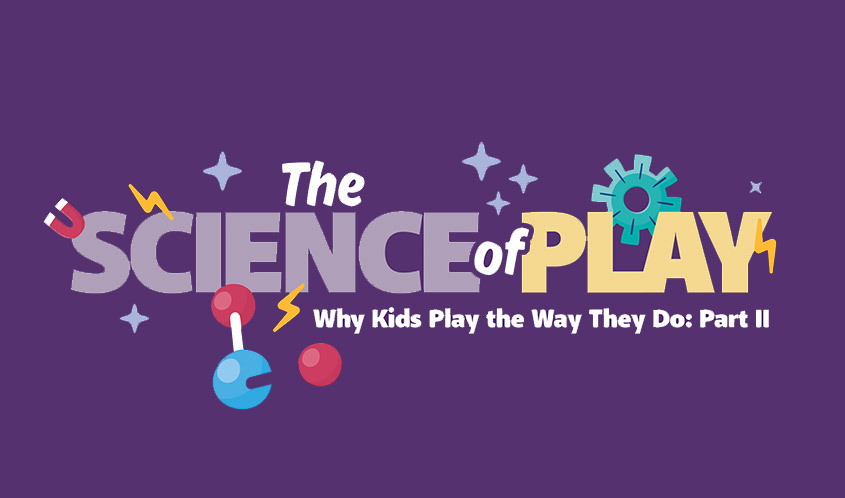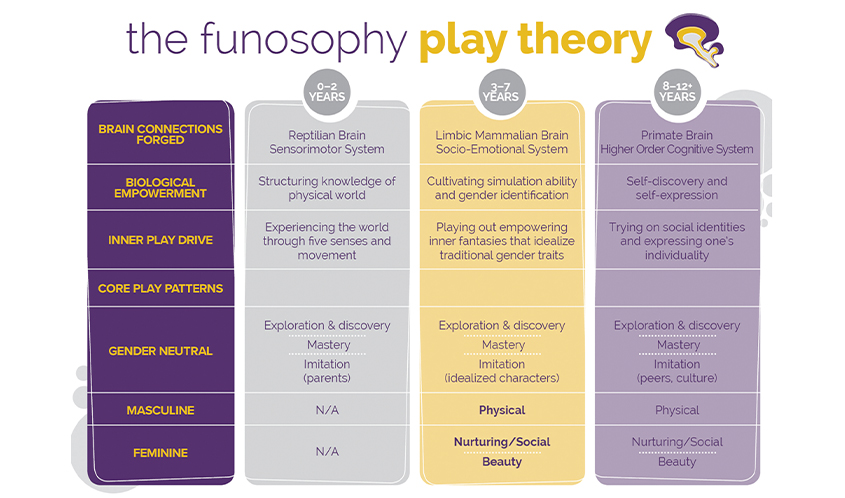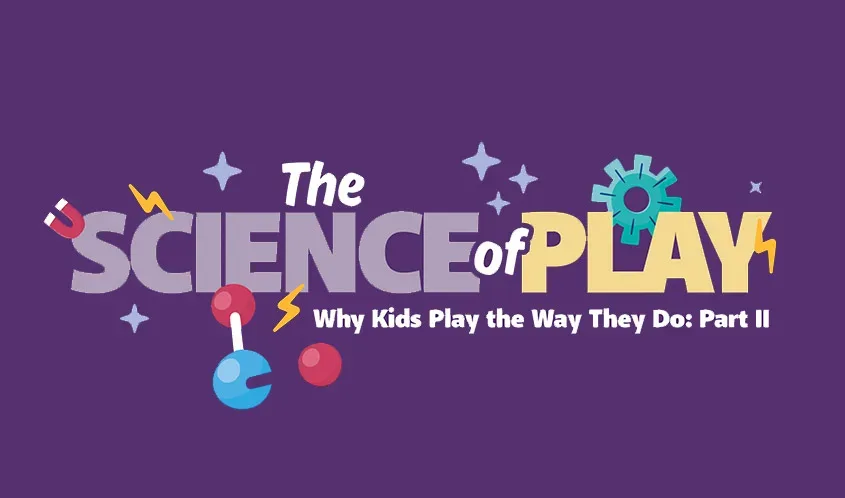
by NANCY ZWIERS, founder, Funosophy Inc.
In the last issue of the Toy Book, Part I of this series discussed that kids have a biologically based inner play drive. This follow-up delves more deeply into the first stage and examines core play patterns of babies and toddlers ages 0-2. These age breaks are not discrete break points, but rather represent a bell curve — some kids are earlier and some are later in transitioning to the next stage.
The primary role of play for infants and toddlers is to help them structure their knowledge of the physical world. The sensorimotor system supports development of the five senses and the ability to move their bodies through physical space, giving rise to the first core play patterns that we all share.
Exploration & Discovery
Toddlers are driven to explore their immediate environment, which, in turn, stimulates their five senses. The brain circuits for wiring our senses get developed in this way. For infants, the proximity senses — touch, taste, and smell — are the most important initially, while our distant senses of sight and sound grow in importance as infants grow older. Currently, with all of our emphasis on lights and sound, the tactile nature of toys may be underdeveloped for toys targeted to toddlers.
Part of exploring the environment is developing an understanding of the law of cause and effect and one’s own “agent” in the world: “When I do this, that happens,” etc. All the button-pushing feature sets of infant/toddler toys support this learning. Screenplay also delivers on this extremely well.

Mastery
Mastery play at this age is focused on developing motor skills: mastering our ability to move our limbs and bodies through physical space (gross motor skills) and manipulating objects in a 3D space with our hands (fine motor skills). Brain development needed to master motor skills in 3D space is the foundation for all cognitive functions of the brain (even abstract thinking) and cannot be overemphasized. Manipulative play value is actually pre-STEM learning.
“Put ‘n Take” play — when infants methodically put things into a “container” and take them out — is one of the most engrossing play patterns for toddlers. This play supports the exploration of the concept of containers, volume, up, down, etc., which is the foundation for much abstract thinking later on. Of course, the mastery of object manipulation involved also develops fine motor skills and eye-hand coordination.
Mastery play also shows up in higher-order cognitive and language development. Infants learning to listen, speak, and sing are playfully learning language. Early cognitive development includes learning ABCs and 123s, as well as the foundation of basic categorization, which is a key mechanism for how our brains work with concepts. In other words, infants learn to categorize the objects in their world (e.g. dog). Categorizing concrete objects — ones that they can physically interact with — is the level of categorization that young children can understand.
Imitation
Neuroscientists posit that we all have “mirror neurons” in our brains that drive us to mirror behaviors and emotions around us. The 1995 discovery of these specialized neurons has led scientists to hypothesize they are the engine of socialization, turbo-charging our evolutionary progress roughly 25,000 years ago. We no longer have to learn by direct experience: We can learn from others.
Young kids love to imitate. Infants become rapidly socialized by observing and imitating those around them, and who they are attuned to imitate evolves with age. Among toddlers, imitation role play is largely spurred by parents’ behaviors: baby care, cooking, cleaning, drinking tea, talking on the phone, driving, using power tools, and more. These parent-modeled behaviors show up in kids’ play, and therefore new parental behaviors like interacting with screens create new role-play toy opportunities.
Evolution of Play Patterns
These three early play patterns are evolutionarily proven ways for wiring our brains for survival. They show up from our earliest moments as newborns and, while they stay with us for life, they will never be as strong as they are in early childhood. Toys that tap into these innate drives will engage kids best.
Part III of this series in the next issue of the Toy Book will explore how these initial foundational play patterns get overshadowed by new play patterns between ages 3-7.
This article was originally published in the June 2021 edition of the Toy Book. Click here to read the full issue!


